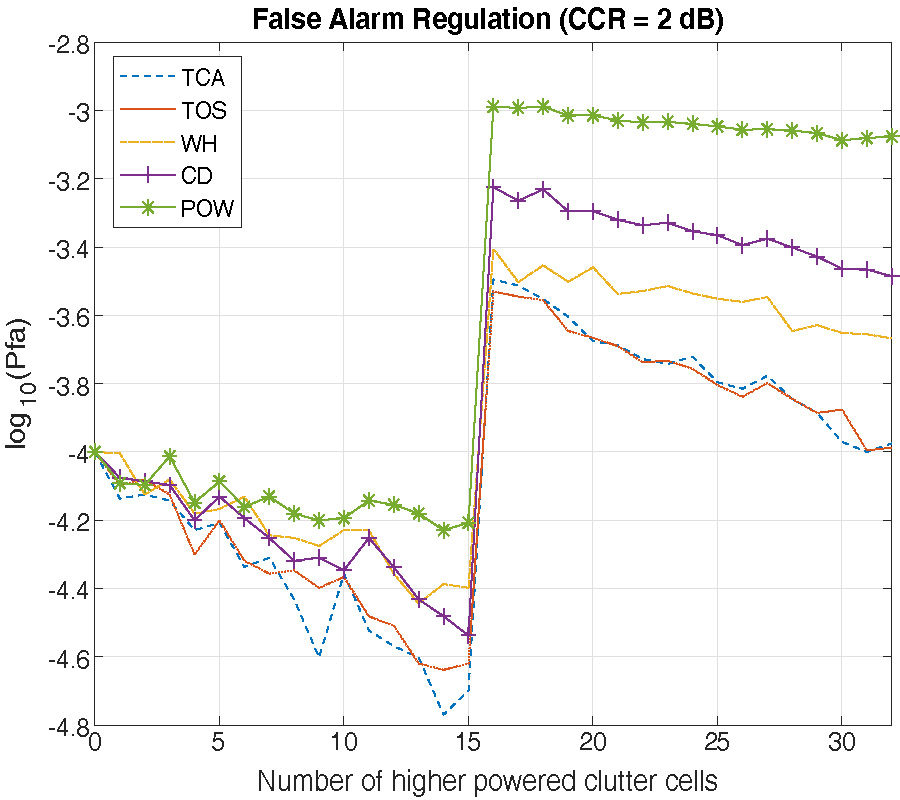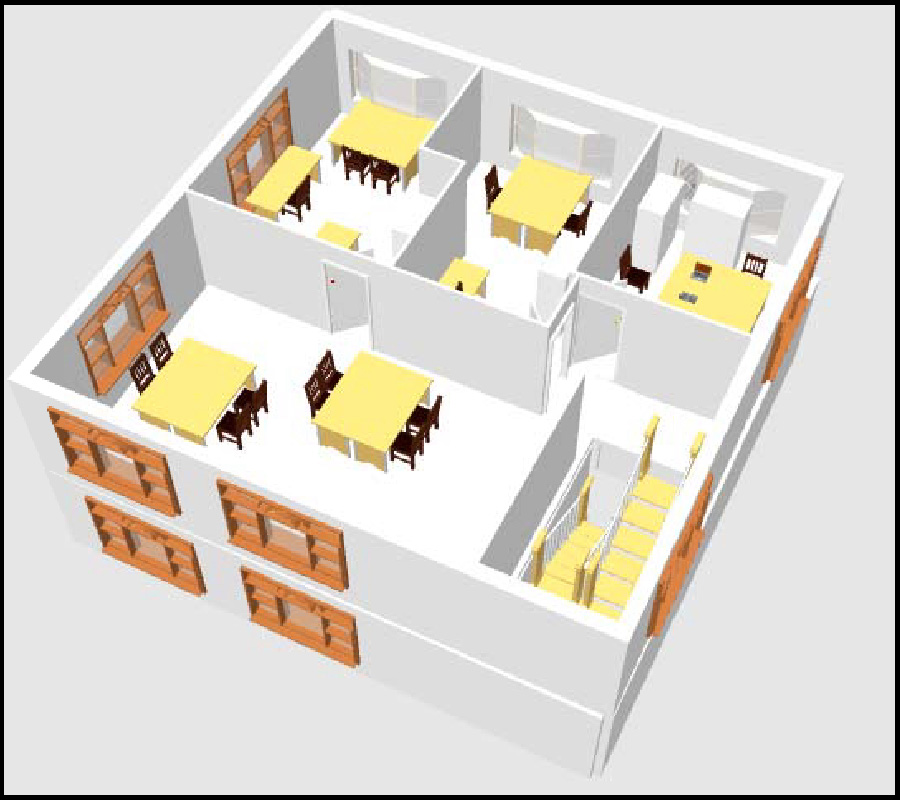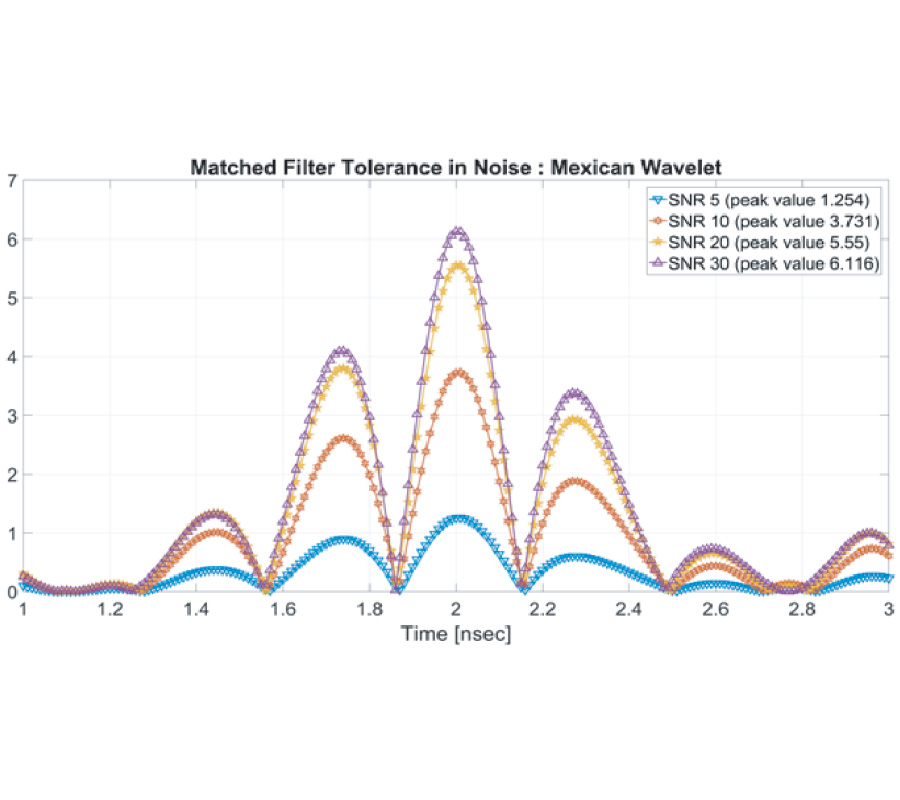Ac
Induced Corrosion Assessment of Buried Pipelines Near HVTLs
: a Case Study of South Africa
Kazeem Bolade Adedeji
,
Akinlolu A. Ponnle
,
Bolanle Tolulope Abe
,
Adisa A. Jimoh
,
Adnan M. Abu-Mahfouz
and
Yskandar Hamam
Metallic pipelines have attendant problems of alternating current (AC) assisted corrosion when installed in the utility corridor with high voltage transmission lines. Research studies in the past and recent years have shown that this corrosion is a primary function of the AC density through the pipe coating defect. While several other AC corrosion risk assessment indices have been proposed, the AC density is regarded as a valuable parameter in assessing pipeline corrosion risk due to AC interference. Also, there exists a threshold value which, if exceeded, guarantees the possibility of pipeline corrosion damage. However, for buried pipelines, monitoring these AC corrosion assessment indices is a major challenge. Therefore, to avoid severe corrosion damage to such pipelines, a corrosion assessment for evaluating the corrosion risk of the pipelines due to AC interference is presented in this paper. The assessment was demonstrated on a buried pipeline in one of the Rand Water sites, South Africa where AC interference is frequent. The overall simulation results yield useful information which may be essential for pipeline operators, most especially Rand Water, South Africa and corrosion engineers for AC corrosion assessment of metallic pipelines installed near transmission lines. The analysis presented in this paper may also be used for the evaluation of a safe position for installing new pipelines near existing power lines right-of-way.









